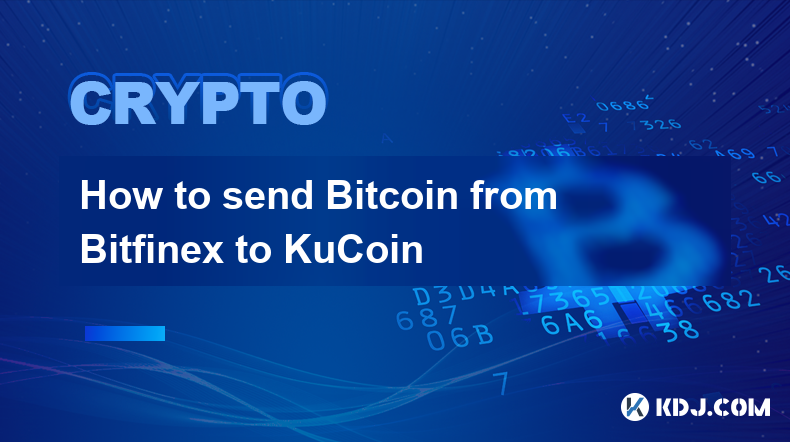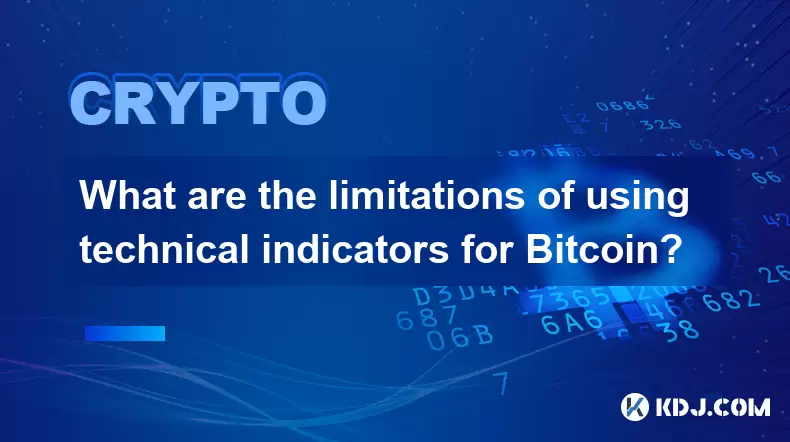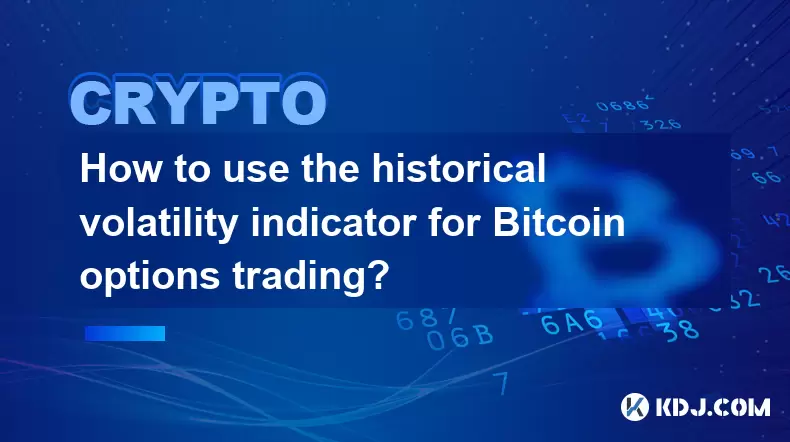-
 Bitcoin
Bitcoin $108,250.0992
0.11% -
 Ethereum
Ethereum $2,515.9404
0.03% -
 Tether USDt
Tether USDt $1.0003
0.00% -
 XRP
XRP $2.2166
-0.19% -
 BNB
BNB $656.5904
0.29% -
 Solana
Solana $147.4122
-0.58% -
 USDC
USDC $1.0000
-0.01% -
 TRON
TRON $0.2830
0.06% -
 Dogecoin
Dogecoin $0.1641
0.27% -
 Cardano
Cardano $0.5739
-0.19% -
 Hyperliquid
Hyperliquid $39.1463
-0.11% -
 Sui
Sui $2.8882
-0.02% -
 Bitcoin Cash
Bitcoin Cash $487.6428
0.31% -
 Chainlink
Chainlink $13.2097
0.07% -
 UNUS SED LEO
UNUS SED LEO $9.0308
0.10% -
 Avalanche
Avalanche $17.8608
0.13% -
 Stellar
Stellar $0.2379
-0.06% -
 Toncoin
Toncoin $2.7400
-0.39% -
 Shiba Inu
Shiba Inu $0.0...01144
-0.36% -
 Litecoin
Litecoin $87.5467
0.66% -
 Hedera
Hedera $0.1538
0.22% -
 Monero
Monero $315.5479
0.36% -
 Dai
Dai $1.0000
0.00% -
 Polkadot
Polkadot $3.3523
-0.71% -
 Ethena USDe
Ethena USDe $1.0003
0.01% -
 Bitget Token
Bitget Token $4.3960
-1.03% -
 Uniswap
Uniswap $7.2663
4.19% -
 Aave
Aave $272.8619
2.04% -
 Pepe
Pepe $0.0...09676
-0.18% -
 Pi
Pi $0.4586
-2.87%
How to send Bitcoin from Bitfinex to KuCoin
Transferring Bitcoin from Bitfinex to KuCoin involves key steps like verifying accounts, obtaining deposit addresses, and monitoring blockchain transactions for confirmation.
Apr 10, 2025 at 05:21 pm

Sending Bitcoin from Bitfinex to KuCoin is a straightforward process that involves a few key steps. Before you start, make sure you have accounts on both exchanges and that you have completed the necessary identity verification processes. It's also important to understand that moving cryptocurrencies between exchanges involves some risks, such as potential delays and transaction fees. To ensure a smooth transfer, it's advisable to double-check all the details before proceeding. This guide will walk you through the process step-by-step, helping you to safely and efficiently move your Bitcoin from Bitfinex to KuCoin.
Step 1: Preparing for the Transfer
Before initiating the transfer, you need to ensure that you have sufficient Bitcoin in your Bitfinex account. Log into your Bitfinex account and navigate to the wallet section to check your Bitcoin balance. Make sure you have enough to cover the transaction amount and the associated fees. Additionally, you should familiarize yourself with the current network fees for Bitcoin transactions, as these can fluctuate and impact the speed and cost of your transfer. It's also a good idea to check the withdrawal limits on Bitfinex to ensure your transfer complies with their policies.
Step 2: Obtaining the KuCoin Bitcoin Deposit Address
To send Bitcoin to KuCoin, you'll need to obtain a Bitcoin deposit address from KuCoin. Log into your KuCoin account and go to the deposit section. Select Bitcoin (BTC) as the cryptocurrency you want to deposit. KuCoin will generate a unique Bitcoin address for you. Copy this address carefully, as any mistake could result in the loss of your funds. It's a good practice to double-check the address before proceeding to the next step. Some users also use the QR code option for added convenience and accuracy.
Step 3: Initiating the Withdrawal from Bitfinex
Now that you have the KuCoin Bitcoin deposit address, return to your Bitfinex account. Navigate to the withdrawal section and select Bitcoin (BTC) as the cryptocurrency you want to withdraw. Enter the amount of Bitcoin you wish to transfer and paste the KuCoin Bitcoin deposit address into the recipient address field. Double-check all the details, including the amount and the address, to avoid any errors. Once you are confident everything is correct, submit the withdrawal request. Bitfinex will process your request and initiate the transfer.
Step 4: Confirming the Transfer on KuCoin
After initiating the withdrawal from Bitfinex, you need to monitor the transaction on the Bitcoin blockchain. You can use a blockchain explorer like Blockchain.com or Blockchair to track the progress of your transaction. Once the transaction is confirmed on the blockchain, the Bitcoin should appear in your KuCoin account. Log into KuCoin and check your Bitcoin balance to confirm that the transfer was successful. If the Bitcoin does not appear within a reasonable timeframe, you may need to contact KuCoin's customer support for assistance.
Step 5: Verifying the Transaction Details
After the Bitcoin has been successfully transferred to your KuCoin account, it's important to verify the transaction details. Check the transaction ID (TXID) on both Bitfinex and KuCoin to ensure that the transfer was completed accurately. You can find the TXID on the Bitcoin blockchain explorer you used to track the transaction. Comparing the TXID on both platforms will help you confirm that the Bitcoin you sent from Bitfinex is the same Bitcoin that arrived in your KuCoin account. This step is crucial for maintaining accurate records and ensuring the security of your funds.
Understanding Transaction Fees and Times
When sending Bitcoin from Bitfinex to KuCoin, you need to be aware of the transaction fees and times involved. Bitcoin transaction fees can vary based on network congestion and the priority you set for the transaction. Bitfinex may charge a withdrawal fee, and KuCoin might have a deposit fee, so it's important to check these fees before initiating the transfer. The time it takes for the transaction to be confirmed on the blockchain can also vary, typically ranging from 10 minutes to several hours. Understanding these factors will help you plan your transfer more effectively and avoid any surprises.
Security Considerations
Security is paramount when transferring cryptocurrencies between exchanges. Always use two-factor authentication (2FA) on both Bitfinex and KuCoin to protect your accounts. Be cautious of phishing attempts and never share your private keys or seed phrases with anyone. It's also a good practice to use a hardware wallet for storing your cryptocurrencies when not actively trading. If you're transferring a large amount of Bitcoin, consider breaking it into smaller transactions to minimize risk. Always double-check the recipient address before confirming the transfer to avoid sending your funds to the wrong place.
Troubleshooting Common Issues
Sometimes, issues can arise during the transfer process. If your Bitcoin does not appear in your KuCoin account after a reasonable amount of time, first check the transaction status on the blockchain explorer. If the transaction is confirmed but the funds are not showing up, contact KuCoin's customer support. If the transaction is stuck or not confirmed, you may need to wait longer or consider using a transaction accelerator service. If you entered the wrong address, unfortunately, there's little that can be done, as Bitcoin transactions are irreversible. Always double-check the address before sending.
Best Practices for Future Transfers
To ensure smooth and secure future transfers, follow these best practices:
- Always double-check the recipient address before sending.
- Use 2FA on all your exchange accounts.
- Keep your private keys and seed phrases secure.
- Monitor transaction fees and network congestion before initiating a transfer.
- Consider using a hardware wallet for long-term storage.
- Break large transfers into smaller amounts to minimize risk.
- Keep records of all your transactions, including TXIDs, for future reference.
By following these guidelines, you can enhance the security and efficiency of your cryptocurrency transfers.
Common Questions Related to Sending Bitcoin from Bitfinex to KuCoin
Q: How long does it take to transfer Bitcoin from Bitfinex to KuCoin?
A: The transfer time can vary based on network congestion and the transaction fee you set. Typically, it can take anywhere from 10 minutes to several hours for the transaction to be confirmed on the blockchain.
Q: What are the fees associated with transferring Bitcoin from Bitfinex to KuCoin?
A: Bitfinex may charge a withdrawal fee, and KuCoin might have a deposit fee. Additionally, you'll need to pay the Bitcoin network fee, which can vary based on network conditions. Always check the current fee structure on both exchanges before initiating a transfer.
Q: Is it safe to transfer Bitcoin between exchanges?
A: Transferring Bitcoin between exchanges can be safe if you follow best practices such as using 2FA, double-checking recipient addresses, and keeping your private keys secure. However, there are always risks involved, so it's important to be cautious and vigilant.
Q: What should I do if my Bitcoin transfer is delayed?
A: If your Bitcoin transfer is delayed, first check the transaction status on a blockchain explorer. If the transaction is confirmed but the funds are not showing up in your KuCoin account, contact KuCoin's customer support. If the transaction is stuck, you may need to wait longer or consider using a transaction accelerator service.
Q: Can I cancel a Bitcoin transfer after it has been initiated?
A: Once a Bitcoin transaction is broadcast to the network, it cannot be canceled. If you realize you've made a mistake, such as sending to the wrong address, you'll need to wait for the transaction to be confirmed or potentially use a transaction accelerator service to speed up the process. However, once confirmed, the transaction is irreversible.
Disclaimer:info@kdj.com
The information provided is not trading advice. kdj.com does not assume any responsibility for any investments made based on the information provided in this article. Cryptocurrencies are highly volatile and it is highly recommended that you invest with caution after thorough research!
If you believe that the content used on this website infringes your copyright, please contact us immediately (info@kdj.com) and we will delete it promptly.
- Litecoin Breakout Watch: What Traders Need to Know Now
- 2025-07-06 16:50:13
- Bitcoin, Solana, Ethereum: Decoding the Latest Buzz on the Blockchain
- 2025-07-06 16:50:13
- Widnes Resident's 50p Could Be Your Ticket to Easy Street: Rare Coin Mania!
- 2025-07-06 16:55:13
- Bitcoin, Solaris Presale, and Token Rewards: What's the Buzz?
- 2025-07-06 16:55:13
- Ethereum Under Pressure: Price Drop Amid Global Uncertainties
- 2025-07-06 17:00:13
- XRP, SEC Case, and Prosperity: A New Era for XRP Holders?
- 2025-07-06 17:10:13
Related knowledge

What is the Woodies CCI indicator and can it be used for Bitcoin?
Jul 04,2025 at 05:14pm
Understanding the Woodies CCI IndicatorThe Woodies CCI indicator is a variation of the traditional Commodity Channel Index (CCI), which was originally developed by Donald Lambert. The standard CCI measures the current price level relative to an average price over a given period, typically 14. However, the Woodies version modifies this calculation to mak...

How to use indicators to trade the opening range breakout for Bitcoin CME futures?
Jul 05,2025 at 07:35pm
What Is the Opening Range Breakout Strategy?The opening range breakout (ORB) strategy is a popular trading technique used in both traditional markets and cryptocurrency futures, particularly for Bitcoin on the CME. This method involves identifying a specific price range formed during the early phase of a trading session and then taking positions when th...

What does a bearish cross on the Stochastic RSI mean for Bitcoin?
Jul 05,2025 at 07:18pm
Understanding the Stochastic RSI IndicatorThe Stochastic RSI (Relative Strength Index) is a momentum oscillator used in technical analysis to identify overbought or oversold conditions in an asset's price. It combines two well-known indicators — the RSI and the Stochastic Oscillator — to provide more nuanced signals than either could alone. The Stochast...

What are the limitations of using technical indicators for Bitcoin?
Jul 06,2025 at 03:35am
Understanding the Role of Technical Indicators in Cryptocurrency TradingIn the realm of Bitcoin trading, technical indicators are tools used by traders to analyze historical price data and volume to predict future price movements. These indicators—such as Moving Averages, Relative Strength Index (RSI), and MACD—are widely adopted across traditional fina...

How to use the historical volatility indicator for Bitcoin options trading?
Jul 06,2025 at 04:14am
Understanding the Historical Volatility IndicatorThe historical volatility indicator (HV) is a statistical measure used to assess the price fluctuations of an asset over a specific time period. In the context of Bitcoin options trading, this metric helps traders evaluate past price movements to anticipate potential future swings. Unlike implied volatili...

Best indicator for confirming chart patterns like head and shoulders on Bitcoin
Jul 06,2025 at 01:07pm
Understanding Chart Patterns in Cryptocurrency TradingIn the volatile world of Bitcoin trading, chart patterns serve as critical tools for identifying potential price movements. Among these, the head and shoulders pattern is one of the most reliable reversal indicators. Recognizing this formation requires not only visual identification but also confirma...

What is the Woodies CCI indicator and can it be used for Bitcoin?
Jul 04,2025 at 05:14pm
Understanding the Woodies CCI IndicatorThe Woodies CCI indicator is a variation of the traditional Commodity Channel Index (CCI), which was originally developed by Donald Lambert. The standard CCI measures the current price level relative to an average price over a given period, typically 14. However, the Woodies version modifies this calculation to mak...

How to use indicators to trade the opening range breakout for Bitcoin CME futures?
Jul 05,2025 at 07:35pm
What Is the Opening Range Breakout Strategy?The opening range breakout (ORB) strategy is a popular trading technique used in both traditional markets and cryptocurrency futures, particularly for Bitcoin on the CME. This method involves identifying a specific price range formed during the early phase of a trading session and then taking positions when th...

What does a bearish cross on the Stochastic RSI mean for Bitcoin?
Jul 05,2025 at 07:18pm
Understanding the Stochastic RSI IndicatorThe Stochastic RSI (Relative Strength Index) is a momentum oscillator used in technical analysis to identify overbought or oversold conditions in an asset's price. It combines two well-known indicators — the RSI and the Stochastic Oscillator — to provide more nuanced signals than either could alone. The Stochast...

What are the limitations of using technical indicators for Bitcoin?
Jul 06,2025 at 03:35am
Understanding the Role of Technical Indicators in Cryptocurrency TradingIn the realm of Bitcoin trading, technical indicators are tools used by traders to analyze historical price data and volume to predict future price movements. These indicators—such as Moving Averages, Relative Strength Index (RSI), and MACD—are widely adopted across traditional fina...

How to use the historical volatility indicator for Bitcoin options trading?
Jul 06,2025 at 04:14am
Understanding the Historical Volatility IndicatorThe historical volatility indicator (HV) is a statistical measure used to assess the price fluctuations of an asset over a specific time period. In the context of Bitcoin options trading, this metric helps traders evaluate past price movements to anticipate potential future swings. Unlike implied volatili...

Best indicator for confirming chart patterns like head and shoulders on Bitcoin
Jul 06,2025 at 01:07pm
Understanding Chart Patterns in Cryptocurrency TradingIn the volatile world of Bitcoin trading, chart patterns serve as critical tools for identifying potential price movements. Among these, the head and shoulders pattern is one of the most reliable reversal indicators. Recognizing this formation requires not only visual identification but also confirma...
See all articles

























































































